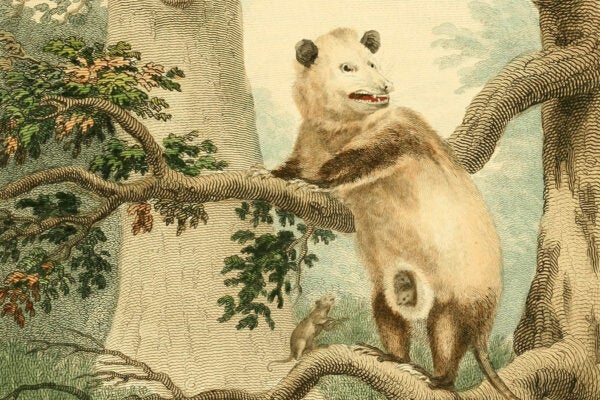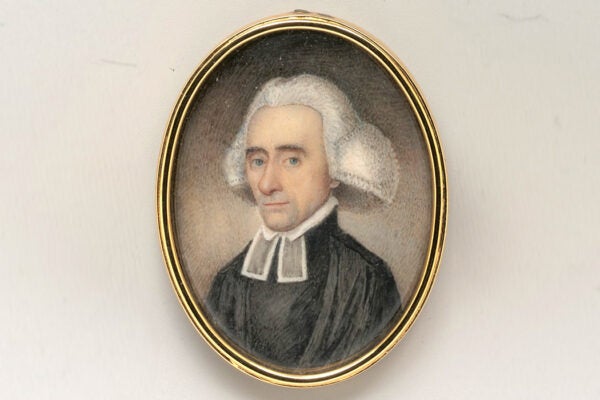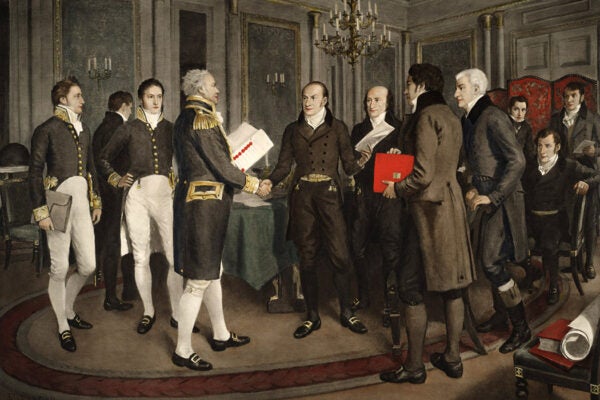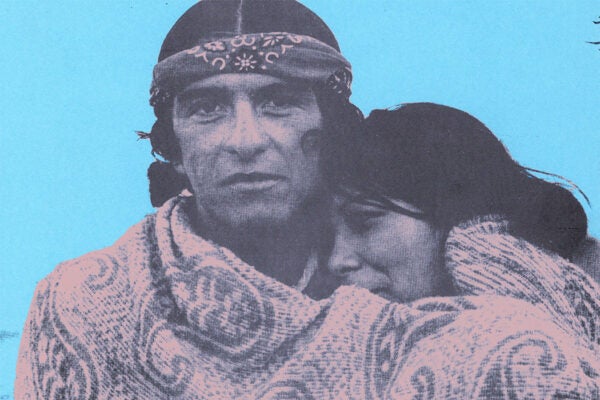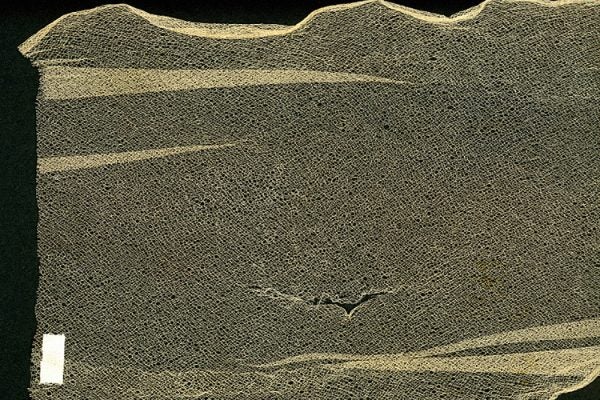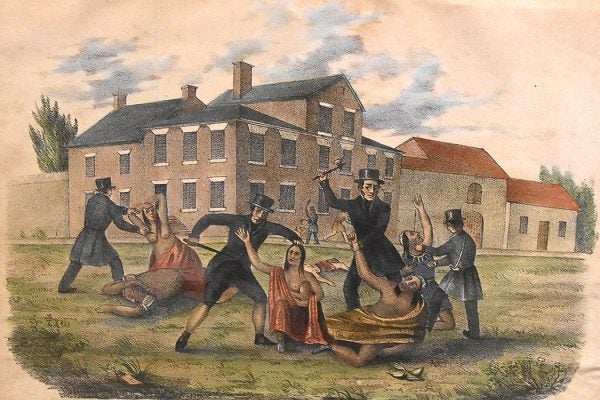Autopsy of a Saint
In the late thirteenth century, followers of the Italian abbess Clare of Montefalco dissected her heart in search of a crucifix.
Poison and Magic in Caribbean Uprisings
Witchcraft and poisoning were closely connected for both West Africans and the Europeans who enslaved them in the eighteenth-century Caribbean.
Sport in America: A Reading List
Covering the colonial era to the present, this annotated bibliography demonstrates the topical and methodological diversity of sport studies in the United States.
The Strange Career of the Lady Possum of the New World
Marsupials make people think of Australia, but Europeans encountered and described their first marsupial, the Virginia opossum, in 1499.
Yale’s Lost Indian Museum
The (now lost) collection of Native American artifacts at Yale College reveals the mechanics and high cost of the settler-colonialist nation-building project.
The Treaty of Ghent: Annotated
The Treaty of Ghent ended the War of 1812, an oft overlooked conflict that continues to shape the politics and culture(s) of North America.
What Can Native American People in Prison Teach Us About Community and Art?
An exploration of creativity, ingenuity, and resilience using the American Prison Newspapers collection and JSTOR. The second curriculum guide in this series.
Lacebark as a Symbol of Resilience
For the enslaved people of Jamaica, the lacebark tree was a valuable natural resource and a means of asserting one's dignity.
Comparing Editions of David Walker’s Abolitionist Appeal
Digitization allows researchers to trace editorial and authorial changes in archival content. Both are central to the study of this famous abolitionist pamphlet.
Colonial Civility and Rage on the American Frontier
A 1763 massacre by colonial settlers exposed the irreconcilable contradictions of conquest by people concerned with civility.



